 C. Michael Tidwell
C. Michael Tidwell
Race and Ethnicity: African American
 C. Michael Tidwell
C. Michael Tidwell
Tollette (Howard County)
 Ethel Tompkins
Ethel Tompkins
Tompkins, Rosie Lee
aka: Effie Mae Martin Howard
 Townsend and Assembly Members
Townsend and Assembly Members
 William Townsend
William Townsend
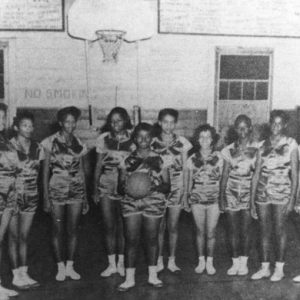 Training School Girls Basketball Team
Training School Girls Basketball Team
Trammell, Albert (Execution of)
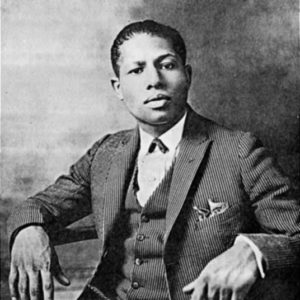 Phonnie Trent
Phonnie Trent
Trent, Alphonso E. “Phonnie”
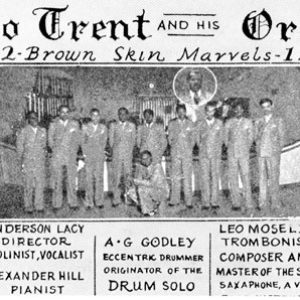 Alphonso Trent Orchestra
Alphonso Trent Orchestra
Trickey, Minnijean Brown
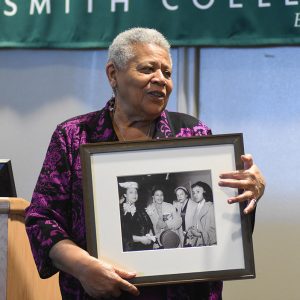 Minnijean Brown Trickey
Minnijean Brown Trickey
Tucker, Frank (Lynching of)
Tucker, James (Execution of)
Tuggle, Browning (Lynching of)
 Debbye Turner Bell
Debbye Turner Bell
Turner Bell, Debbye
aka: Debrah Lynn Turner
 Debbye Turner Bell
Debbye Turner Bell
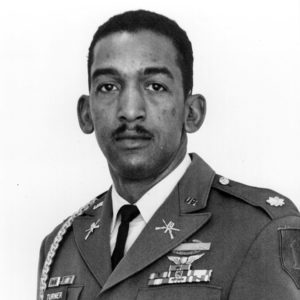 Fred Turner
Fred Turner
Turner, Frederick Cornelius Jr.
Turner, John (Lynching of)
Turner, William (Lynching of)
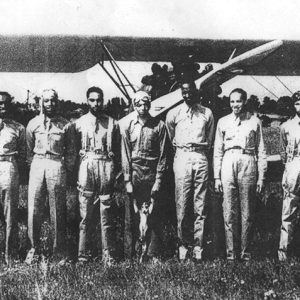 Tuskegee Airmen
Tuskegee Airmen
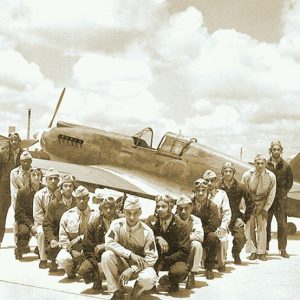 Tuskegee Airmen Class 42-F
Tuskegee Airmen Class 42-F
Tuskegee Airmen, The [Movie]
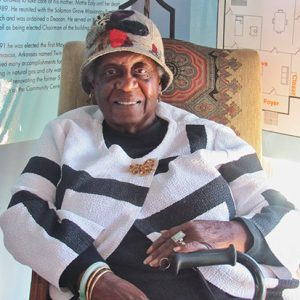 Albessie Thompson
Albessie Thompson
 UAPB Faculty
UAPB Faculty
Underwood, Sheryl
 Sheryl Underwood
Sheryl Underwood
 Union County Lynching
Union County Lynching
Union County Lynching of 1873
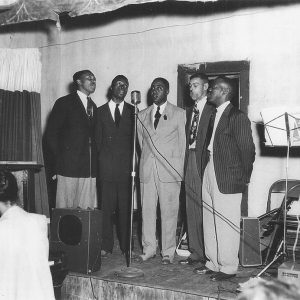 United Harmonizers
United Harmonizers
United Sons of Ham of America
aka: Sons of Ham
United States Civil Rights Trail
United States v. Waddell et al.
Universal Negro Improvement Association (UNIA)
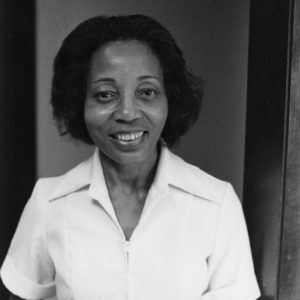 Dr. Evangeline Upshur
Dr. Evangeline Upshur
Urban League
Valentine, Ellis Clarence
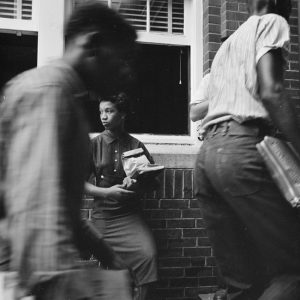 Van Buren Desegregation
Van Buren Desegregation




